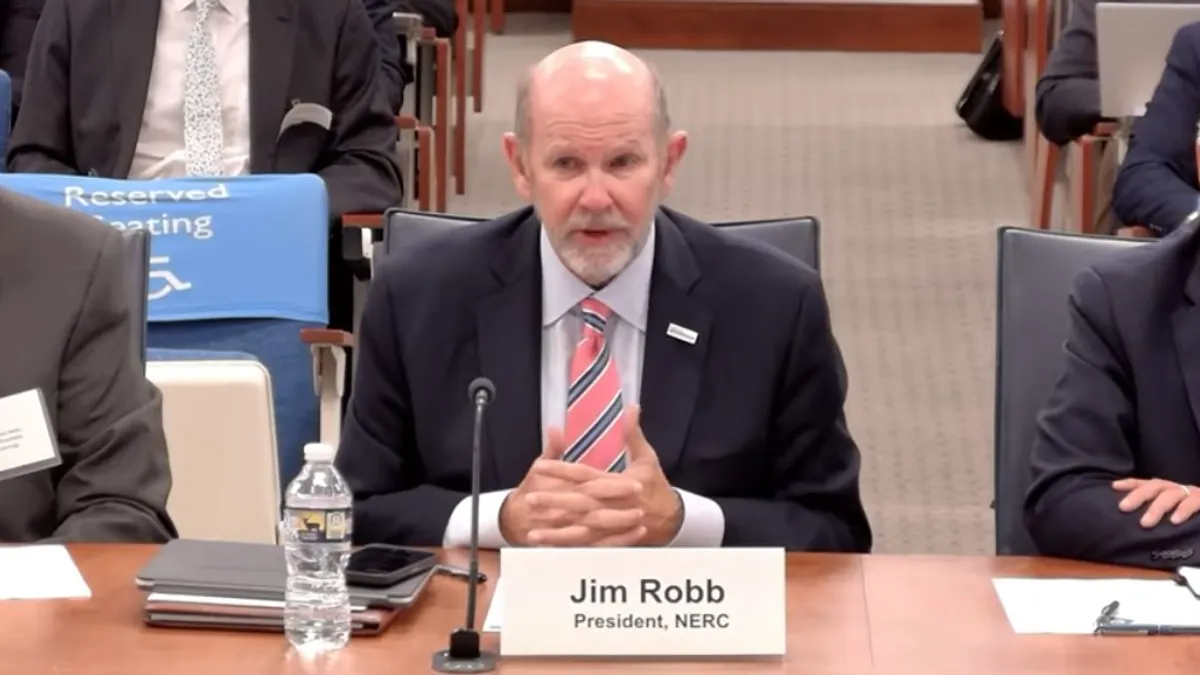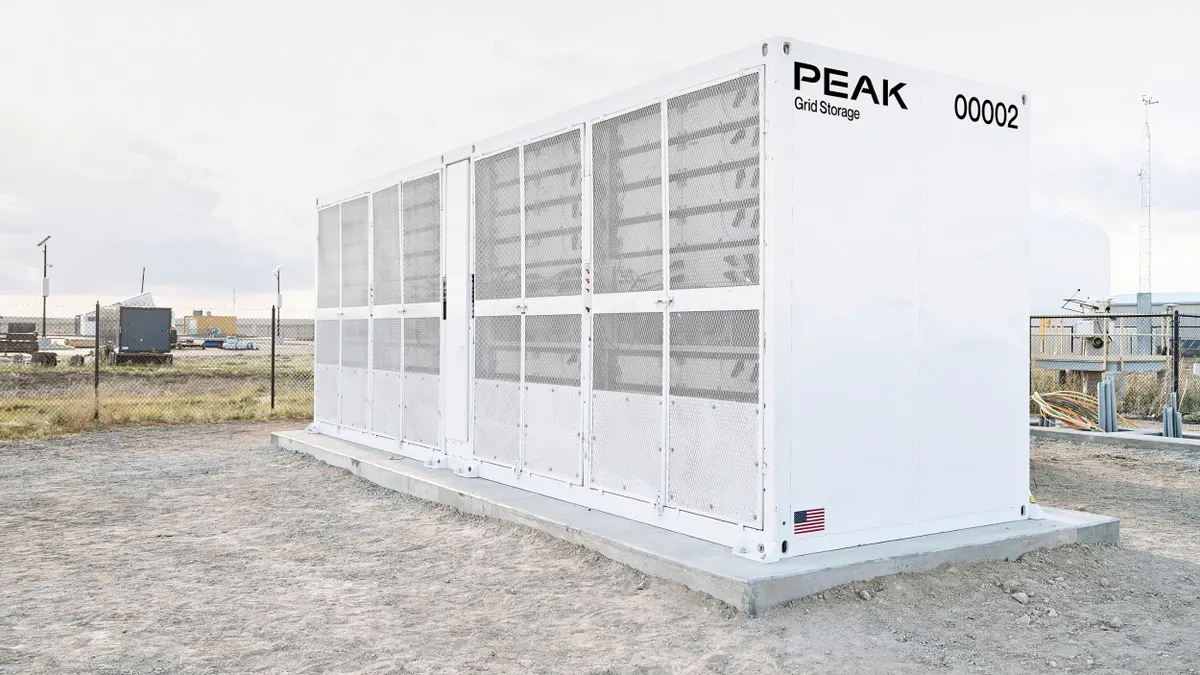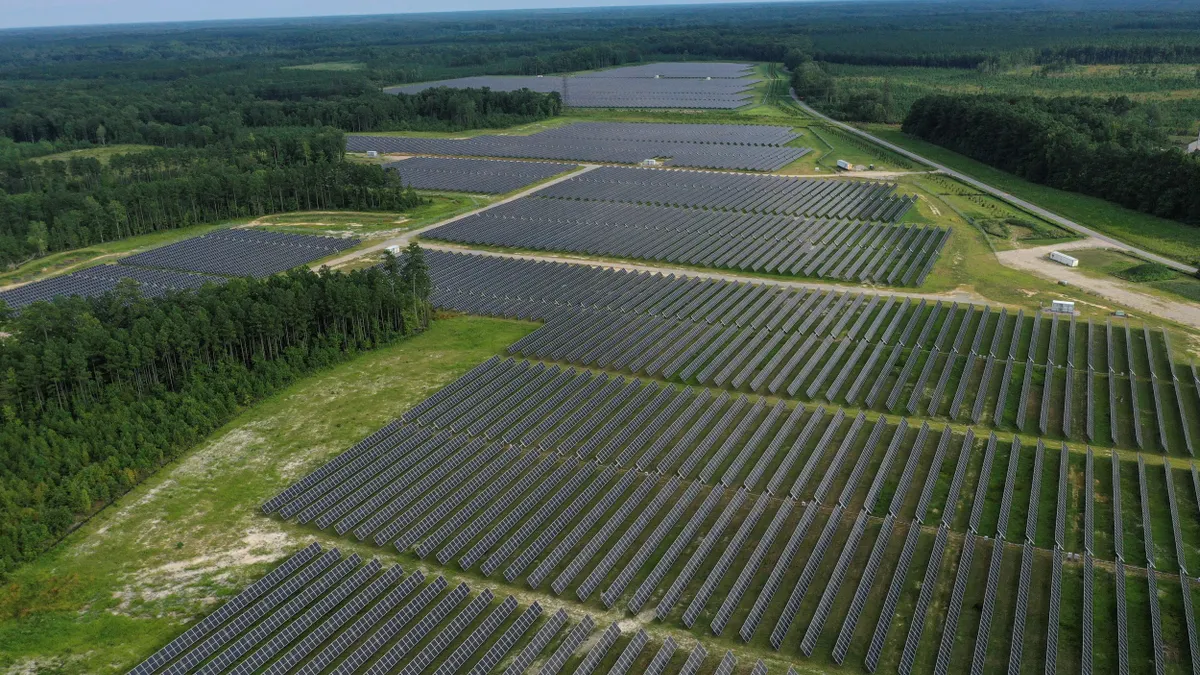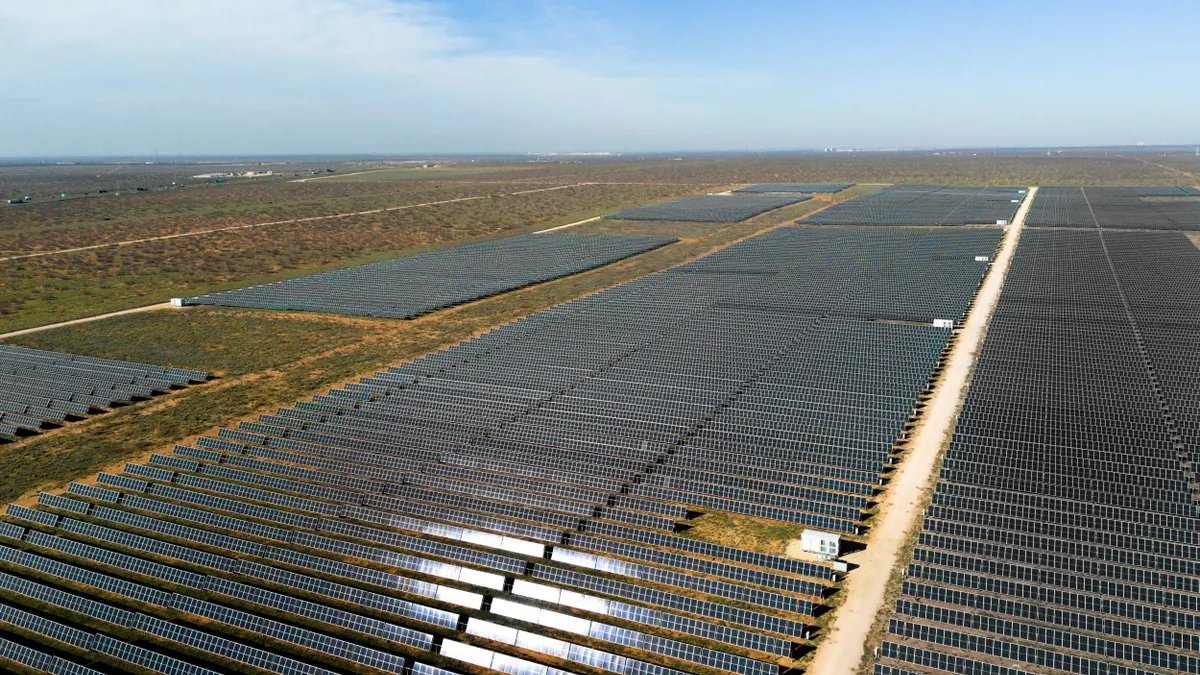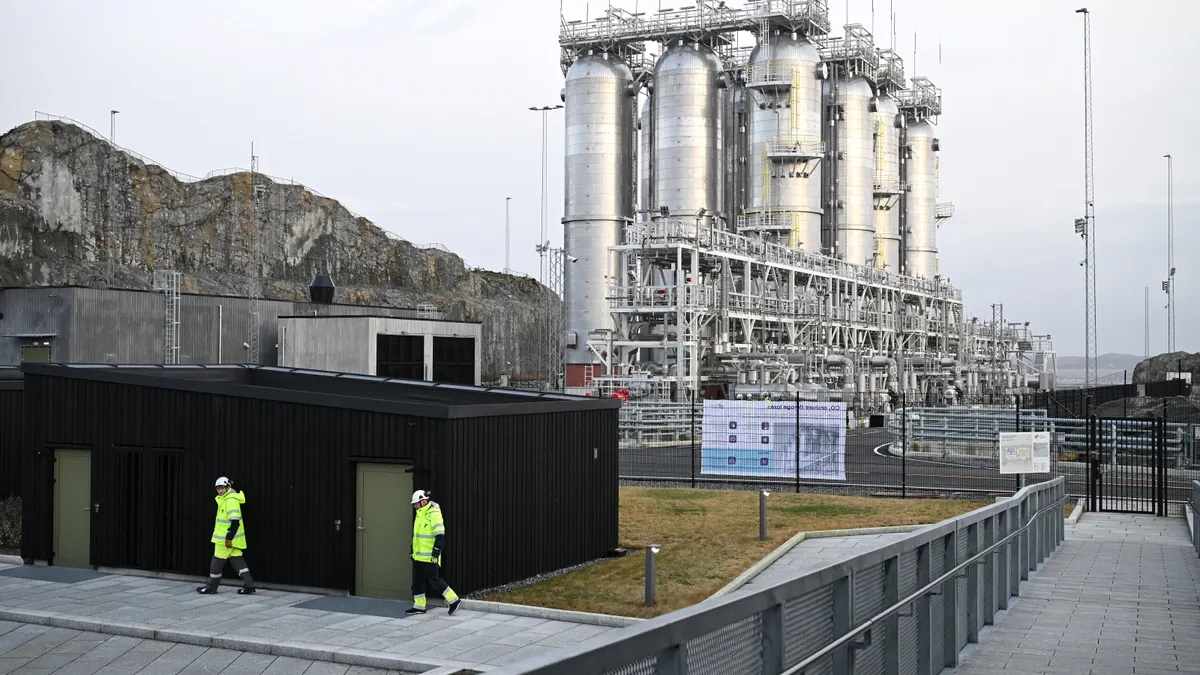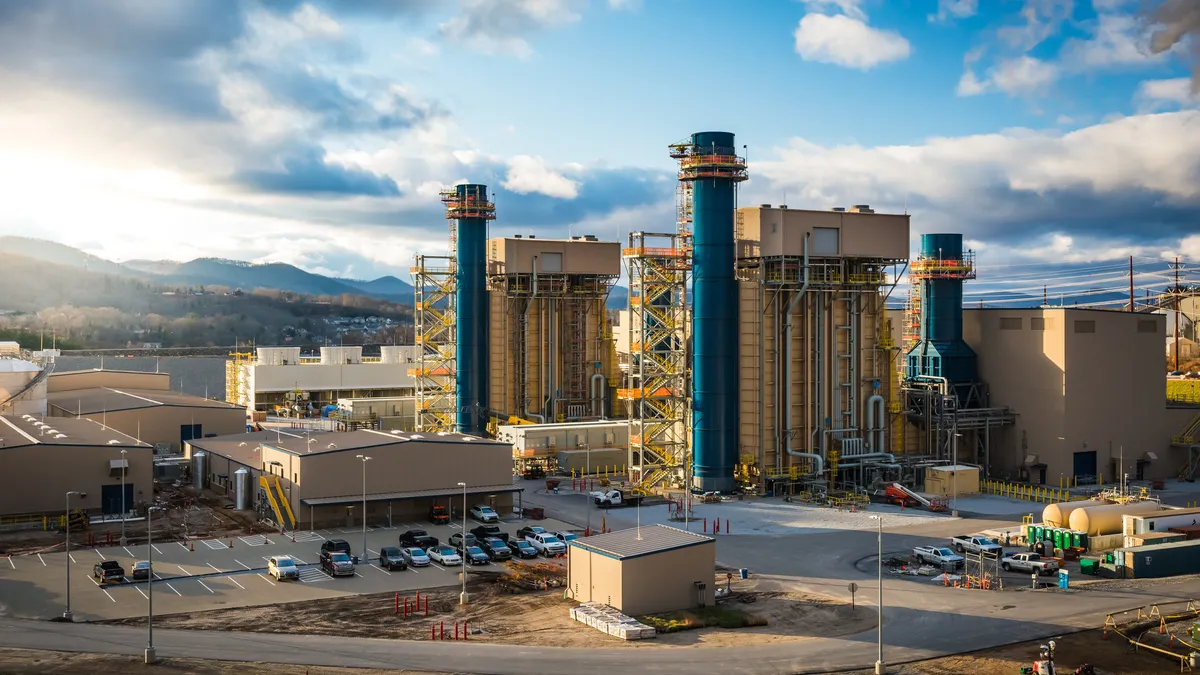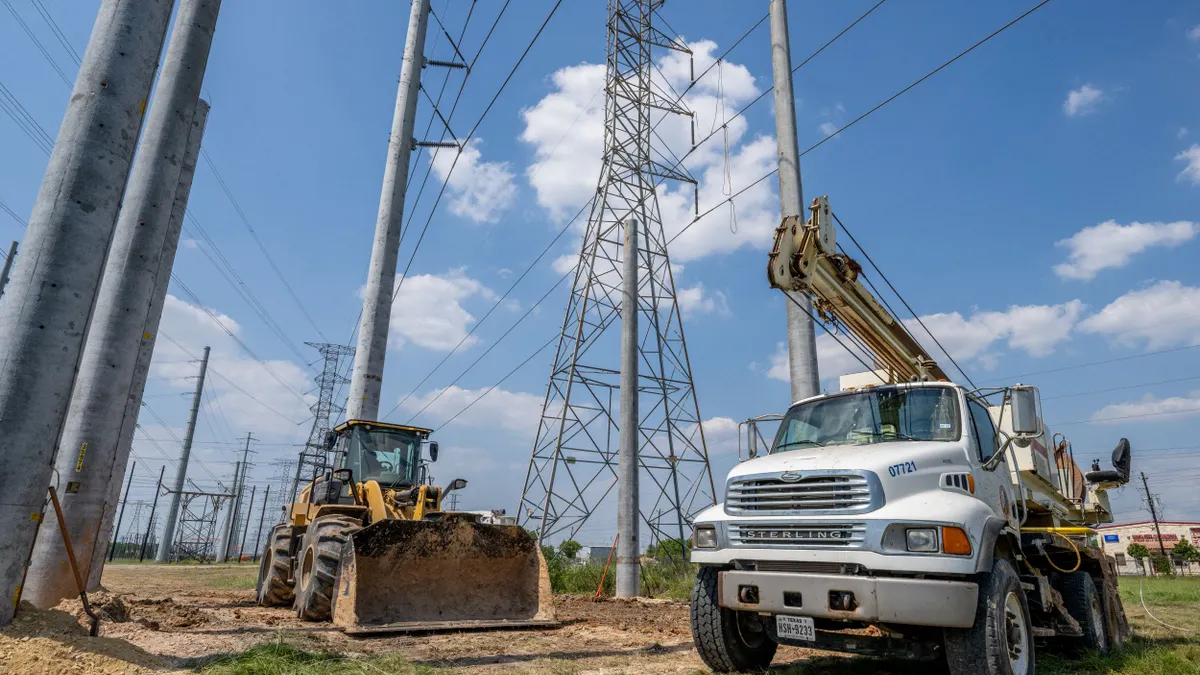The issue of data centers — and how to ensure they can be safely added to the grid — was a key focus of a grid reliability conference held by the Federal Energy Regulatory Commission on Tuesday.
Generally, grid reliability is strong in the United States, but challenges are growing, Jim Robb, president and CEO of the North American Electric Reliability Corp., said at the meeting.
“The reliability of the power grid remains extremely high, but, paradoxically, the risks to reliability continue to mount,” Robb said. “We're seeing … an increasing number of small scale events and near misses that continue to reinforce what we can't call anything but a five-alarm fire when it comes to reliability.”
According to Robb, grid reliability challenges include dwindling resource adequacy with weakening reliability services, extreme weather, interdependency with natural gas and other sectors, especially telecommunications, policies affecting resource and fuel development, load development, the ability to site and permit needed infrastructure and an “escalating toxic soup” of physical and cybersecurity risks.
The U.S. faces potential imbalances between electricity supply and demand amid uncertainty about how much load may be coming online and how much generation and transmission must be built to handle it, said FERC Commissioner Judy Chang, warning that the risks and uncertainties around those issues are “coming to a head.”
Estimates in data center growth range widely. The U.S. Department of Energy in December said U.S. data centers could use 6.7% to 12% of all U.S. electricity by 2028, up from 4.4% in 2023.
The U.S. needs to build energy infrastructure more quickly, according to FERC Chairman David Rosner.
“I see our grid as needing every single megawatt, every single electron and every single molecule we can get to meet demand on those peak days and peak hours,” Rosner said. “That means we need to make sure that we're studying faster, we're giving permits faster and unlocking all different types of energy infrastructure that are needed.”
The power sector needs to move quickly to address reliability challenges, according to Jennifer Curran, senior vice president of planning and operations for the Midcontinent Independent System Operator.
“Where we are today, I would say, is not safe because we are in a tight reserve margin situation,” Curran said. “We are in a situation where we do have new types of resources coming on, and we are going to have to make our best steps to continue to increase reliability.”
Given the uncertainty, Curran called for ensuring the grid system has adequate “shock absorbers,” such as improved data analysis tools.
“How do we make sure that we have both in our physical grid and in our market products … the right incentives to make sure that we are able to bear these uncertainties that are really going to be coming before us?” Curran asked.
“The best thing we can do is get better at quickly dealing with the uncertainty and having as much built-in infrastructure as we can to really provide that balance of reliability and economic efficiency,” she continued. “Getting the transmission built to help provide those connections and provide that optionality within the system is something that's really important, and it takes a long time.”
Electricity affordability and the grid buildout
Dealing with some of those challenges will be costly, according to FERC Commissioner Lindsay See.
“Some of that is inevitable, but we are reaching a point where bills are becoming incredibly difficult for people across the country,” See said.
Some states are taking measures to try and shield ratepayers from costs associated with data centers and other large loads.
Tricia Pridemore, a commissioner at the Georgia Public Service Commission, said with appropriate guardrails, large data centers can help reduce electric rates.
In Georgia, large loads enter into 15-year contracts to pay for all the new generation, transmission and distribution needed to manage their load, Pridemore said. The PSC recently approved a plan for Georgia Power to add 7.1 GW of capacity to meet growing demand, which the commission estimates will reduce residential rates by $2.64 a month, she said.
Matthew Holtz, vice president of transmission operations at Invenergy, said merchant transmission, which is paid for by entities buying capacity of transmission lines, can take cost burdens off ratepayers.
Invenergy is also calling for “cloud-based” system monitoring, which Holtz said could lead to more economic energy and capacity sharing between regions and help respond to extreme weather events.
Long-term and more integrated system planning that co-optimizes transmission, generation and load solutions could put downward pressure on electric rates, according to Carlos Casablanca, managing director of distribution planning and analysis at American Electric Power.
“We are seeing … a lot more costs coming: the build out that needs to occur to accommodate large loads, and also the resources that are required to both address retiring generation but also meet the need from the large loads,” Casablanca said. “So anything we can do in the planning space to prepare for what's coming and optimize as early as we can, it'll help. It'll pay dividends down the road.”



